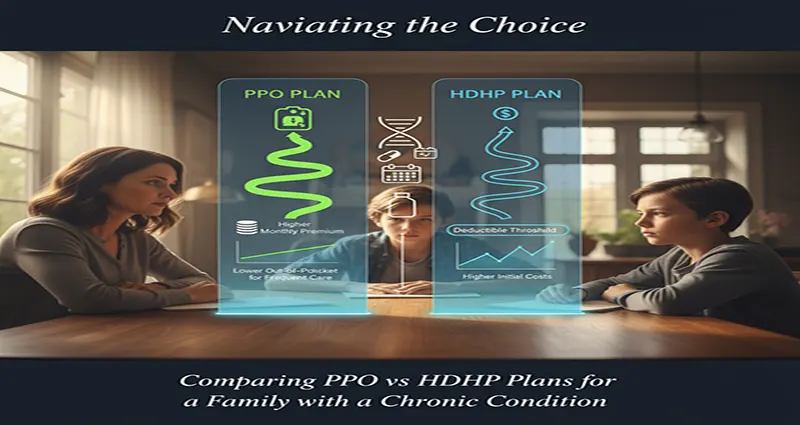Rise and Shine: Easy Morning Routine Tips to Boost Your Energy Naturally
Waking up feeling groggy is a common struggle, but the key to all-day energy often lies in the first hour of your day. You don’t need a complicated, two-hour regimen. By incorporating a few simple, natural habits, you can effectively signal to your body and mind that it’s time to be awake, alert, and energized.
Here are seven easy morning routine tips to naturally boost your energy and set a positive tone for the day:
1. Hydrate Immediately
After hours of sleep, your body is naturally dehydrated, which can be a major cause of morning fatigue. Before reaching for your coffee, drink a full glass of water.
- The Power of Water: Water jumpstarts your metabolism, aids in flushing out toxins, and rehydrates your cells, immediately boosting alertness and focus.
- Quick Tip: Keep a glass or bottle of water right on your nightstand so it’s the very first thing you do













